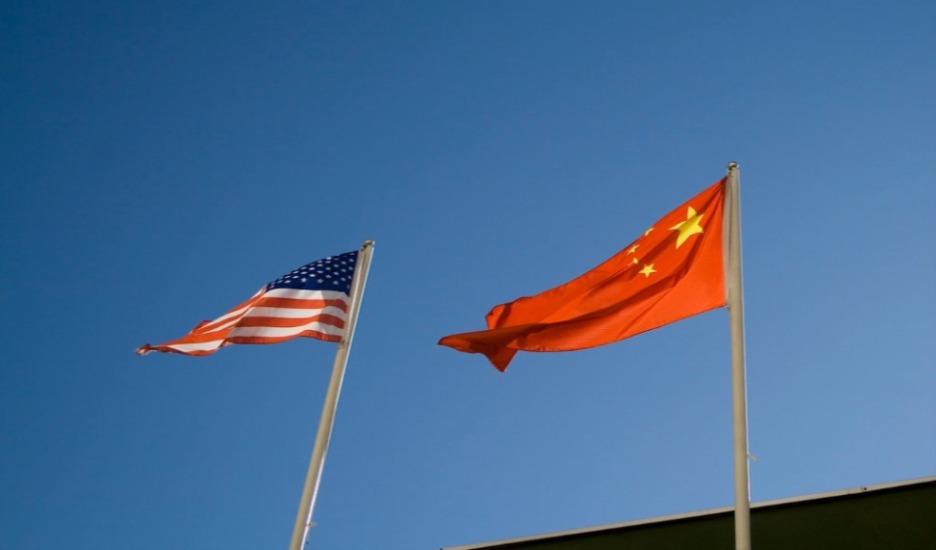Is the Nine Dash Line a Super-Sized Exclusive Economic Zone?
China opened up a new front for South China Sea conflict this week when one of its coast guard vessels collided with an Indonesian coast guard ship in the process of towing a captured Chinese vessel alleged to be engaged in illegal fishing.
Published by The Lawfare Institute
in Cooperation With

China opened up a new front for South China Sea conflict this week when one of its coast guard vessels collided with an Indonesian coast guard ship in the process of towing a captured Chinese vessel alleged to be engaged in illegal fishing. In a remarkably direct and frank statement, Indonesia’s Foreign Minister protested China’s violation of the “sovereignty of Indonesia’s territorial waters.” China responded by saying its vessel did not “enter Indonesia’s territorial waters.”
So is this just a factual disagreement about the location of the incident? Hardly. In fact, this whole episode highlights the troubling nature of China’s controversial “Nine Dash Line” claim, revealing that this claim is essentially a gigantic Exclusive Economic Zone with sovereignty over living—and maybe non-living—resources in 80 percent of the South China Sea.
The coast guard clash took place within 200 nautical miles of Indonesia’s Natuna Islands, which means that it took place within Indonesia’s exclusive economic zone (EEZ)(China does not appear to dispute this fact). Under Article 56 of the United Nations Convention on the Law of the Sea (which counts both China and Indonesia as parties), Indonesia is entitled to “sovereign rights for the purpose of exploring and exploiting, conserving and managing the natural resources, whether living or non-living, of the waters” within its EEZ. Most nations, including the United States, assert the right to prevent illegal fishing (e.g. exploitation of living resources) within its EEZ. Indonesia has recently been exercising this authority aggressively by seizing and destroying fishing boats caught illegally fishing in their EEZ.
The intervention of China’s coast guard vessel to disturb one of these Indonesian operations is remarkable because, as China’s Foreign Ministry itself conceded, China does not have any territorial claim to the Natuna Islands or any nearby land features. Indeed, the Chinese Foreign Ministry offered no real legal justification for China’s actions except a cryptic reference to the incident taking place in “China’s traditional fishing grounds” and that the Chinese coast guard vessel did not enter “Indonesia’s territorial waters.” But international law does not recognize “traditional fishing grounds” as a basis to override a nation’s EEZ. Moreover, as mentioned above, Indonesia has unquestioned sovereign jurisdiction over fishing within its EEZ, so whether or not the incident took place in Indonesia’s territorial waters (12 nm from its coasts) doesn’t matter.
Thus, China’s justification almost certainly rests upon its much-criticized “Nine Dash Line” claim that extends broad but uncertain Chinese claims over 80 percent of the South China Sea. As some Chinese commentary on the incident suggests, Indonesia’s EEZ may overlap with the area demarcated by China’s “Nine Dash Line.” If one assumes that the Nine Dash Line marks out an “exclusive economic zone,” than China’s coast guard action would simply be China’s own exercise of sovereign rights over fishing resources.
Thus far, China’s Foreign Ministry has avoided offering this justification for China’s actions, and for good reason. As many commentators have noted, the Nine Dash Line has a very uncertain legal foundation since it does not appear consistent at all with the UNCLOS system. Moreover, the actual location of the “dashes” on China’s maps is not cartographically precise. It is not clear how Indonesia would know when it has entered China’s “Nine Dash Line” zone.
Finally, if China clarifies in this case that the Nine Dash Line is the basis of its encroachment into Indonesia’s EEZ, it will commit itself publicly to claiming sovereignty over the living resources of the entire South China Sea (or at least 80 percent of it). China has always been cagey on exactly what its Nine Dash Line claim is supposed to mean, and some hopeful scholars have suggested it simply designates China’s claims to all of the land features within the Nine Dash Line zone. Revealing that the Nine Dash Line is really a ridiculous super-sized Exclusive Economic Zone will provoke even more open opposition to China’s actions in the region. It will also clarify that the weak legal foundations of China’s claims in the region are even weaker than most imagined.



.jpg?sfvrsn=5a43131e_9)

